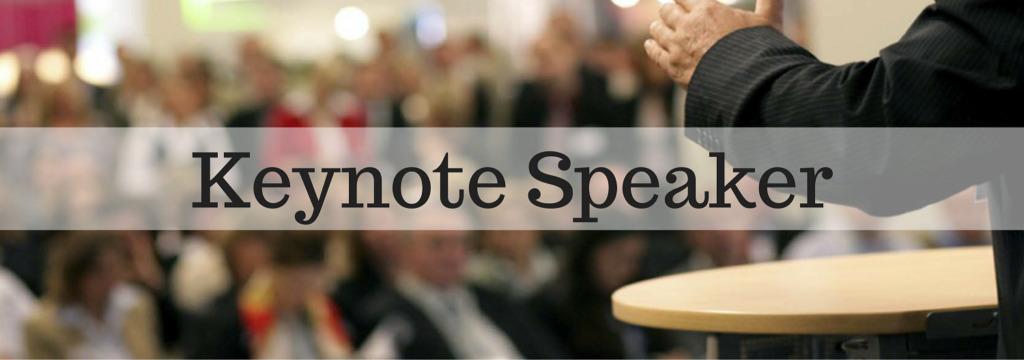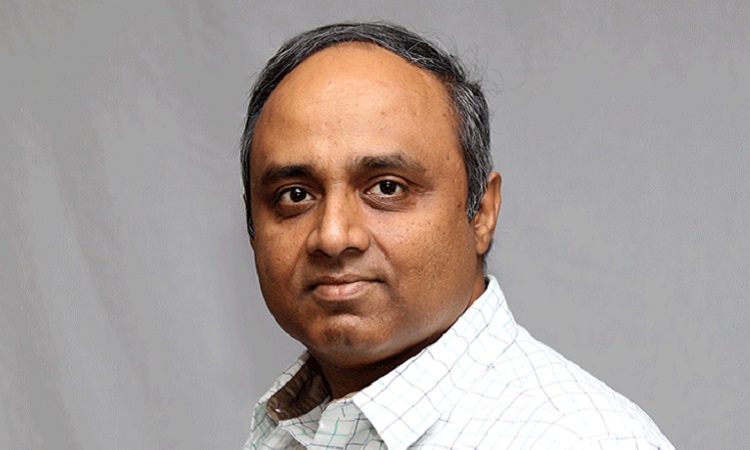
RESEARCH KEYNOTE SERIES
Snehasis Mukhopadhyay
(Professor ,Purdue University)
Bio: Dr. Snehasis Mukhopadhyay is a Professor in the Department of Computer and Information Science at Purdue University, Indianapolis, USA. He received his Ph.D. from Yale University, USA, and a Master’s degree (with a Gold Medal) from the Indian Institute of Science, Bangalore, India. He received a CAREER award from the United States National Science Foundation for integrating research and education. He has continuously received research funding from United States government agencies including National Science Foundation, National Institutes of Health, National Oceanic and Atmospheric Administration, and United States Department of Agriculture. He has twice received the Indiana University Trustees Teaching Awards (TTA) in the years 2014 and 2017. He has provided extensive professional services including being National Science Foundation grant proposal review panelist on numerous occasions, and being the General Chair of the 2016 ACM International Conference on Information and Knowledge management (ACM CIKM). In the year 2023, he served as an invited member of the National Academies Panel on Assessment of Military Information Sciences Research Program at the Army Research Laboratory, Aberdeen, Maryland. His current research interests are in the areas of Artificial Intelligence, Machine Learning, Interactive Data Science, and Computer/Computational Science Education Research. He has published more than 100 research papers in these areas.
Title of Talk: Interactive Artificial Intelligence and Its Applications
Abstract: As information technology gradually infiltrates highly specialized socio-technological domains such as healthcare and education, a crucial question remains as to whether human experts with advanced training and experience-driven intuitive mental models or AI systems with their empirical highly nonlinear data-driven models are to be preferred in making decisions. This is a question for which vigorous debate is going on extensively in society. We, however, take the viewpoint that it is not an either-or choice, but for the most successful systems, a seamless integration of human intuition with machine learning based empirical models is necessary. This is the underlying spirit of our proposed human-in-the-loop, interactive machine learning (IML) methodology. In the first part of this talk, we will discuss a computational framework for learning happening between a machine (an algorithm) and a human user. This framework is termed as “Interactive Artificial Intelligence”. In the second part of the talk, we will discuss some applications of interactive artificial intelligence to socio-technological problems arising in many domains. Such applications include Smart Health and Smart Education.
Mahasweta Sarkar
(Professor ,San Diego State University)
Bio: Dr. Mahasweta Sarkar – Professor in the Department of Electrical and Computer Engineering and she serves as the Director of the WIreless Networks and Communication (WINC) Laboratory at San Diego State University (SDSU). She received the Bachelor’s Degree in Computer Science (Summa Cum Laude) from SDSU and Ph.D. in Computer Engineering from University of California, San Diego.
Her research focuses on wireless networks, with emphasis on developing artificial intelligence-infused MAC layer algorithms for applications that have high social impact like precision agriculture, healthcare, brain-computer interfaces and connecting-the-unconnected. Along with her students and research collaborators of her WIreless Networks and Communication (WINC) Lab, strive to make the world a more connected and better place!
Currently, she serves as the Senior Associate Dean of Global Campus(formerly the College of Extended Studies) at SDSU. In this role, she leverages the expertise and leadership to enhance the university’s global reach and educational initiatives.
Title of Talk: Intelligent Systems Connecting the Unconnected
Abstract: In a rapidly evolving digital age, connectivity has become the cornerstone of progress, innovation, and inclusion. However, despite transformative advancements, 46% of the world’s population remains disconnected from the internet and the opportunities it offers. In this keynote address, “Intelligent Systems Connecting the Unconnected,” we will explore the pivotal role advanced telecommunications plays in bridging this gap and transforming the way the world interacts. We begin by delving into the revolutionary impact of the Internet of Things (IoT), where advanced telecommunications seamlessly connect devices, systems, and environments, enabling smarter cities, healthcare, and industries. Beyond things, the keynote underscores the pressing need to bring unconnected populations online, discussing the societal, economic, and cultural shifts enabled by universal access to digital infrastructure. Expanding the lens to the future, we examine the ground breaking potential of quantum computing to redefine the very fabric of communication. With unprecedented computational power, quantum networks promise ultra-secure communication and faster data transmission, revolutionizing fields from national security to global collaboration. Finally, we explore how artificial intelligence (AI) is set to augment connectivity further. AI-powered communication systems can optimize networks, deliver personalized user experiences, and break down language barriers, creating a truly global and inclusive communication landscape. “Intelligent Systems Connecting the Unconnected” emphasizes the transformative power of technology not just to connect devices and systems, but to empower individuals, bridge societal divides, and foster a more inclusive and innovative global community.

Phillip Bradford
(University of Connecticut, Stamford, USA)
Bio: Dr. Phillip G. Bradford is on the faculty at the University of Connecticut. He is the director of the computer science program at the University of Connecticut in Stamford.
He is a computer scientist with extensive experience in academia and industry. Phil was a post-doctoral fellow at the Max-Planck-Institut für Informatik, he earned his PhD at Indiana University, an MS form the University of Kansas, and a BA from Rutgers University. He was on the faculty at Rutgers Business School and the University of Alabama’s Engineering School. He worked for BlackRock, Reuters Analytics, founded a startup and worked with a number of early stage firms. He was a Principal Architect for General Electric. Phil has a deep belief in bringing real research to practice. This is the root of his entrepreneurial perspective. Phil has a handful of best-in-class results. His Erdős Number is 2. He has given over 70 talks in 10 countries and he is the author or co-author of over 70 articles.
Title of the talk: AI and IoT: Small Clever devices with great power.
Important Deadlines-
| Full Paper Submission: | 11th April 2025 |
| Acceptance Notification: | 23rd April 2025 |
| Final Paper Submission: | 15th May 2025 |
| Early Bird Registration: | 27th April 2025 |
| Presentation Submission: | 15th May 2025 |
| Conference: | 28 - 30 May 2025 |
Previous Conference-
Sister Conferences-
Announcements-
-Best Paper Award will be given for each track.
-Conference Record Number- 65859


